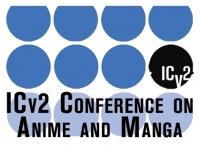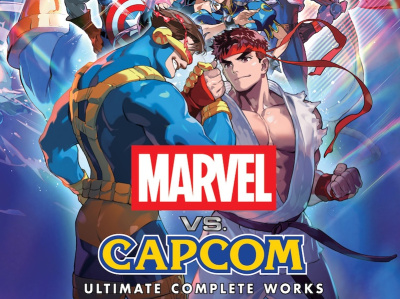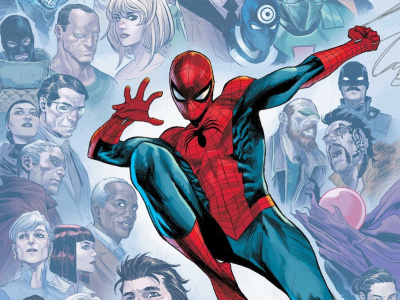
Panelists at the ICv2 Conference on Anime and Manga (see 'ICv2 Conference on Anime and Manga') held at the
Rich Johnson of Yen Press replied that the manga market was cyclical in
Kahn, who shepherded Pokemon and Yu-Gi-Oh! to major mass market successes, pointed out that for him, unless a property could spawn a massive amount of merchandise, it simply wasn't worth doing.
Before the panel discussions began ICv2 CEO Milton Griepp delivered a white paper on the state of the manga and anime industries in
Griepp also pointed out that the number of manga releases is growing at a faster pace than the retail dollars with an estimated 1731 volumes of manga projected for release in 2008 versus 1468 in 2007. Manga's situation contrasts with anime where both the retail dollars and the number of releases are expected to decline in 2007 for the second year in a row.
According to the panelists in the first panel discussion, 'Marketing to the Otaku Generation' the Internet has played a major role in both manga's rise and anime's decline. Rich Johnson noted that scanlations of manga titles have helped to raise interest in manga titles and have taken on a marketing role similar to that of fansubs in the early days of the anime boom. But as
The problem of how to deal with illegal downloading dominated both the 'Marketing to the Otaku Generation' panel and the final 'Technology and the Otaku' discussion. Viz Media's Senior VP Liza Coppola noted that Viz had begun selling downloads of the Death Note anime at the same time that the series was airing in Japan, while Daniel Marks, Viz Media's Senior VP of Strategy and Business Development noted during the Technology panel, that it is difficult to cut lag time any more than Viz did with Death Note because typically the anime companies in Japan don't deliver episodes until right before they air on Japanese TV.
Lawrence Neves, the Editorial Director of Pokemon
During the technology panel there was general agreement with the assessment of Tokyopop's Director of New Product Development Jeremy Ross, who stated 'Piracy is not going away, for every BitTorrent site you shut down, five will pop up.' There was also remarkable consensus on the best solution to the piracy problem -- as Viz Media's Marks pointed out 'companies will have to find a way to deliver anime episodes simultaneously with their release in
If the solution is clear, the business model to get there isn't. Earlier
While it is likely that some sort of Internet delivery mechanism will be necessary to accomplish these ambitious goals, it still remains to be seen whether it will be ad-supported or fee-based. Peter Heumiller, VP of Content Development of Comcast, sees the future of anime and many other forms of visual entertainment in some sort of non-linear delivery, which probably includes the Internet, with its bandwidth greatly expanded, as the primary mechanism. But the best means of delivery for anime remains to be decided -- and the same is true of manga as well--though the general consensus was that the book format would continue.
Still manga is not immune to change, as has been demonstrated by the explosive growth of digitally delivered manga in Japan. John Nee, Senior VP of Business Development at DC Comics talked about the ways in which DC's Japanese partner Flex Comics delivers manga to both computers and cell phones, while Tokyopop's Ross argued persuasively that the best means of delivering manga electronically, whether by a full page with zoom features or one panel at a time, was not yet altogether clear.
Interposed between the first and last panels, which were united thematically by their focus on dealing with the problems of piracy and the possible ways to monetize digital delivery, was an equally interesting panel discussion of the role of the female audience in the growth of the manga and anime market in North America moderated by Larissa Faw, Editor of Youth Markets Alert. Librarian Nola Thacker of the Suffolk County, New York Library system spoke eloquently about working with young readers and the enthusiasm they developed for reading manga of all types, while
Lillian Diaz-Przybyl, Senior Editor for Original Global Manga Development at Tokyopop, stressed the importance of the art in shojo manga in attracting a female audience and Viz Media's Elizabeth Kawasaki noted that shonen titles such as Naruto, Bleach and Death Note attracted a high percentage of female readers.
FUNimation's Jill Snider had some interesting insights on the reason that there are so many more shonen anime series on TV in the U.S., recounting conversations with TV programmers who told her that they were just interested in boys from 9-14, since that was the demographic that their major advertisers wanted to reach.







